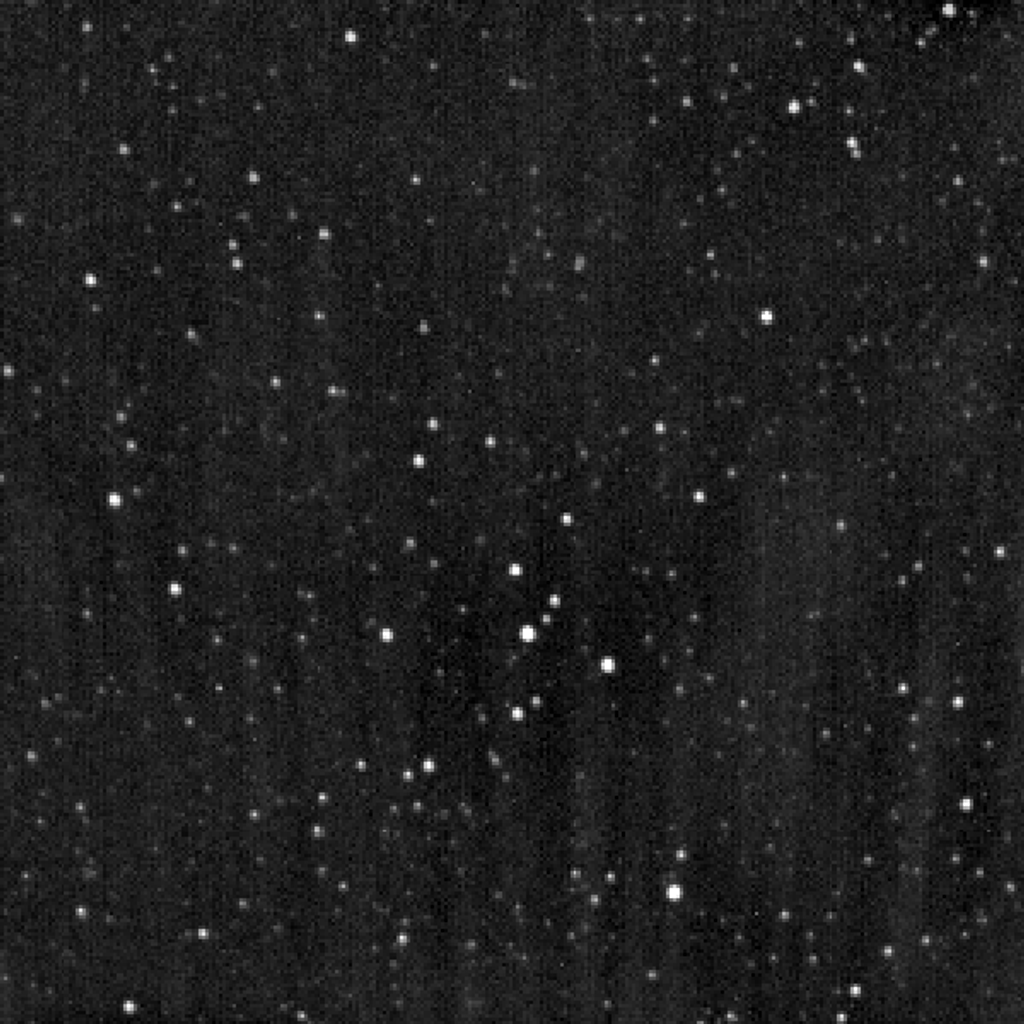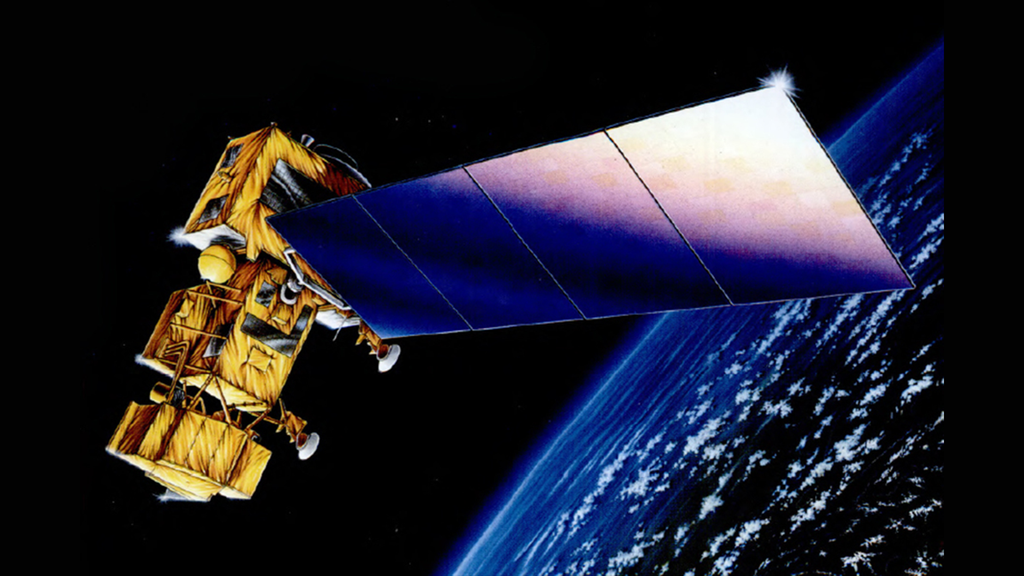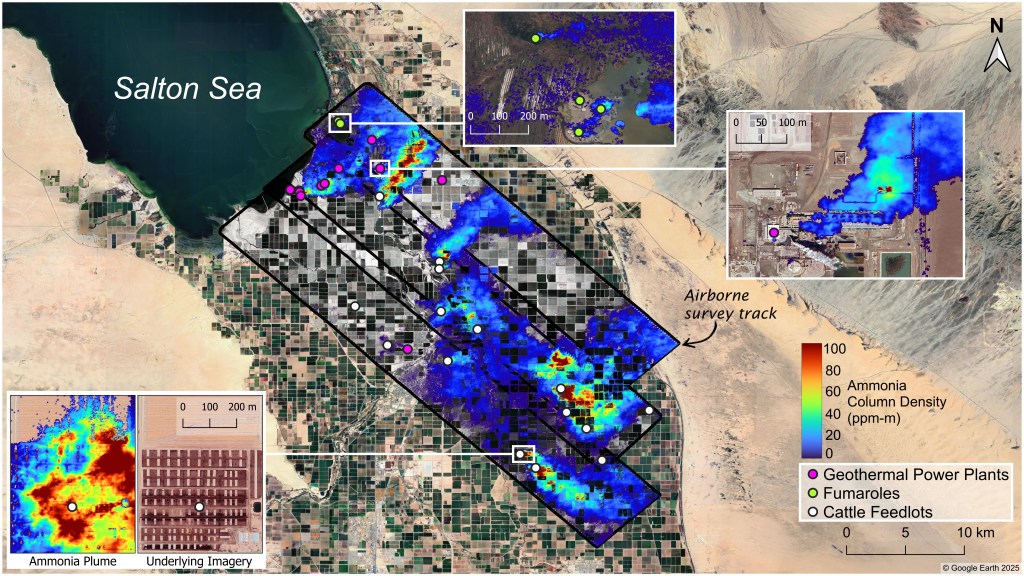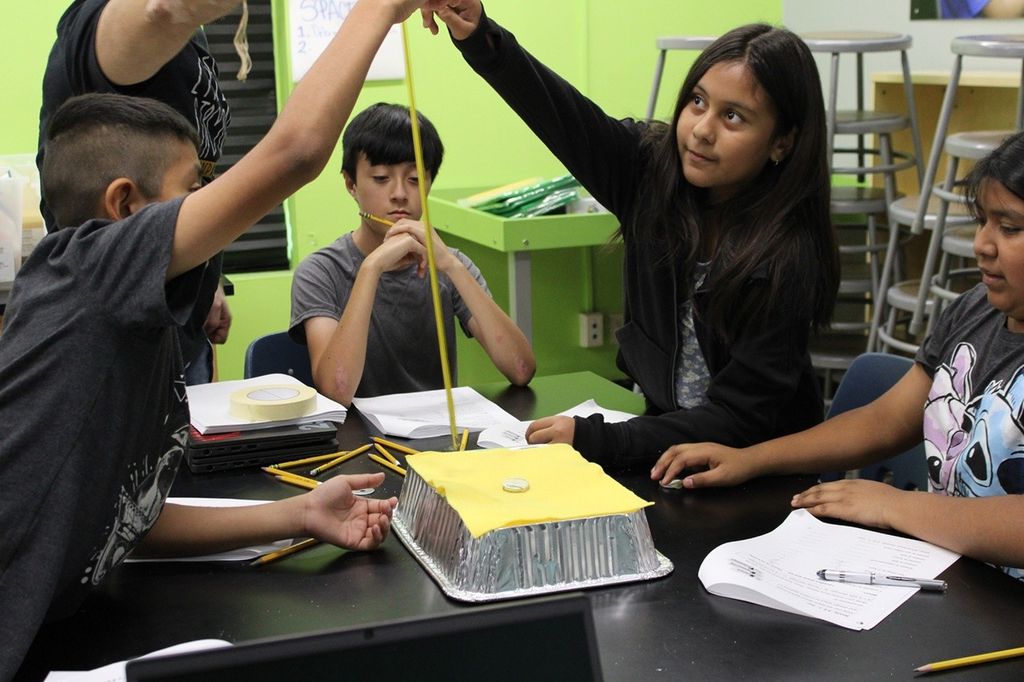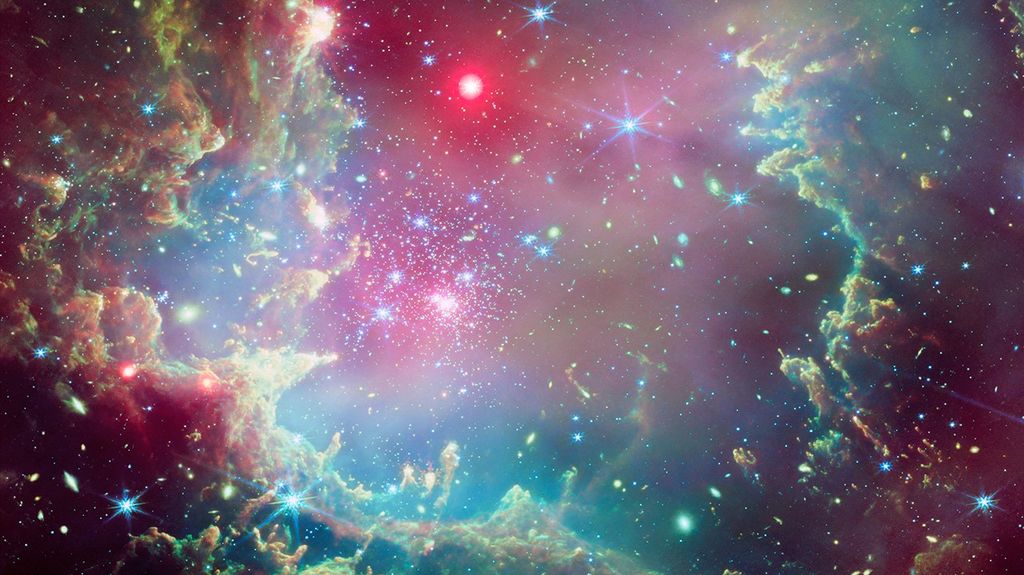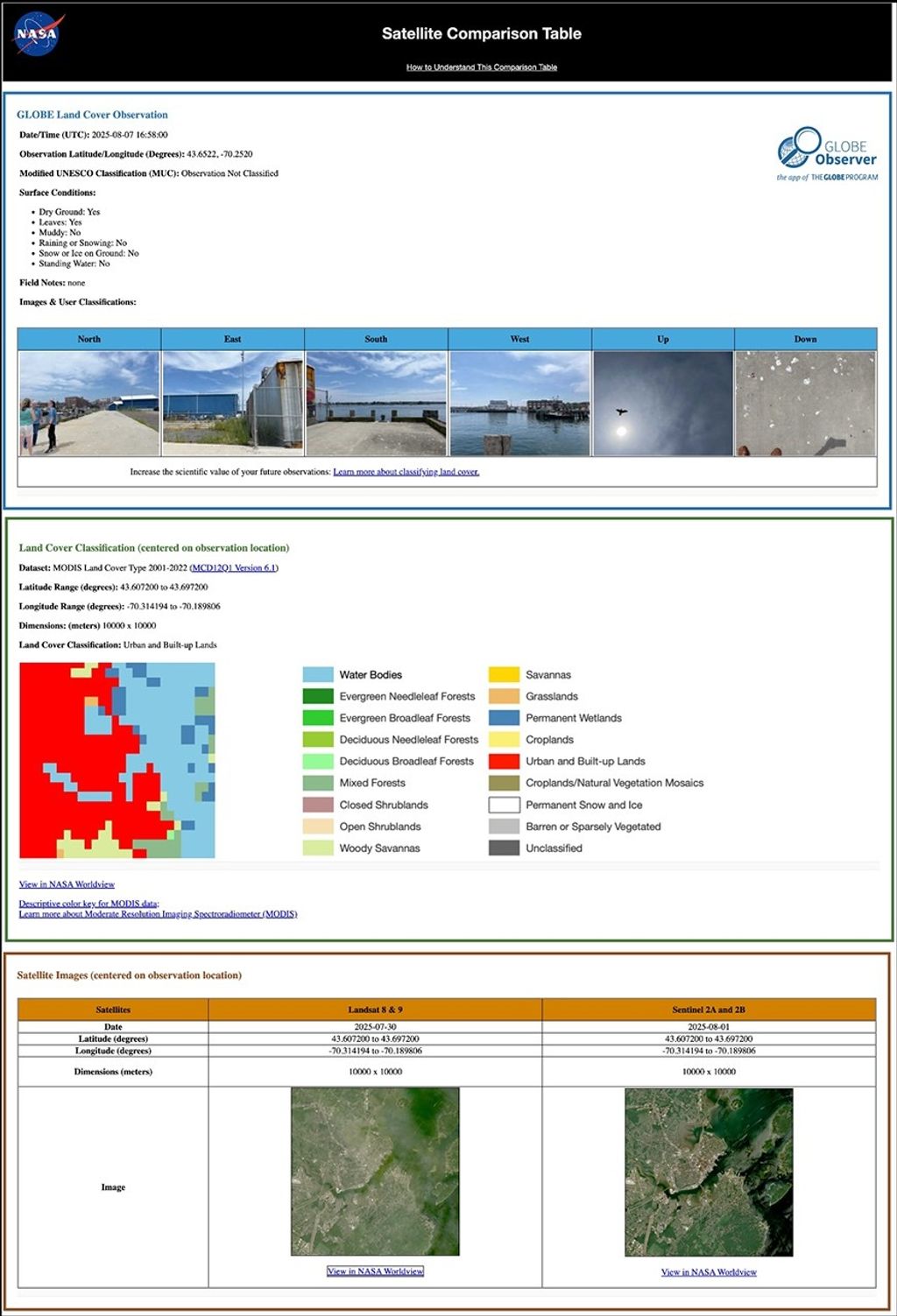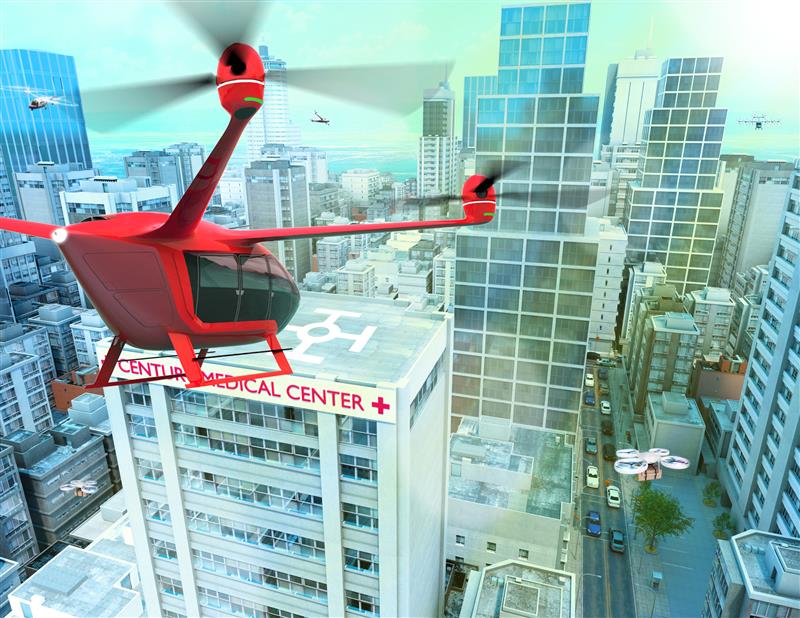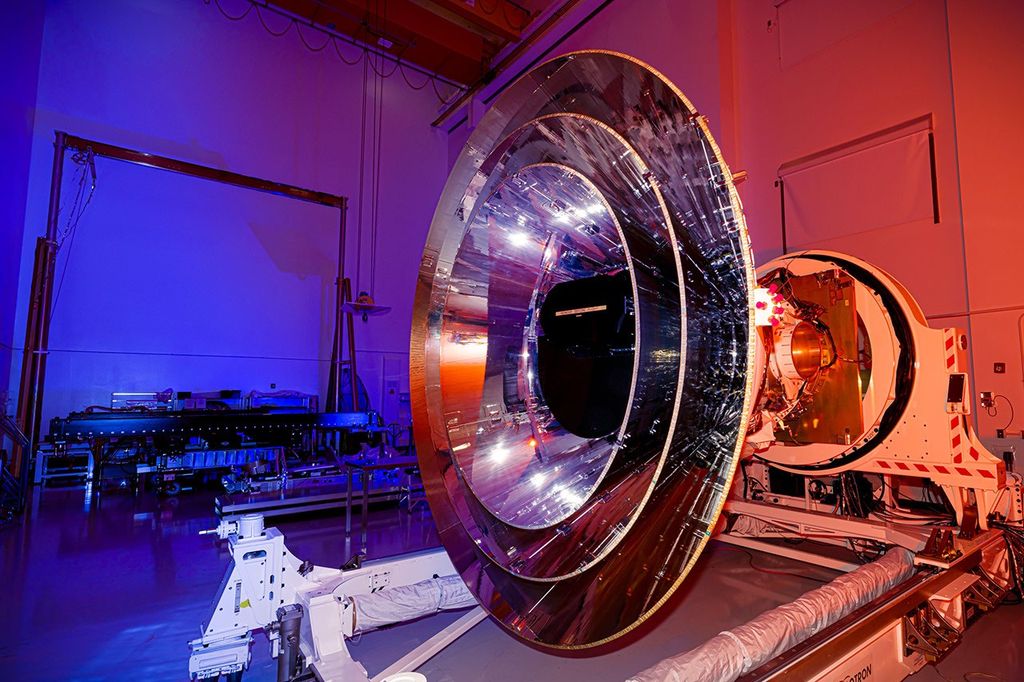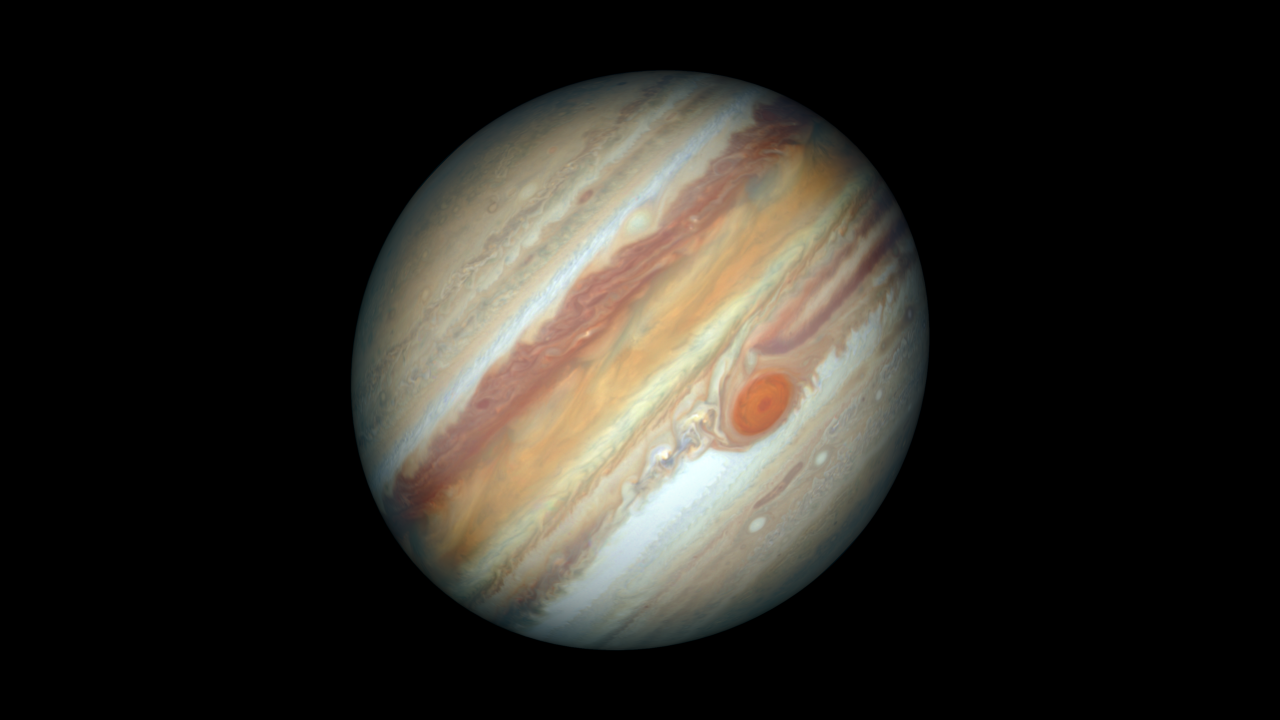1 min read
Jupiter Global Map (2019)

Hubble's Global View of Jupiter
This Hubble Space Telescope image highlights the distinct bands of roiling clouds that are characteristic of Jupiter's atmosphere. The view represents a stretched-out map of the entire planet.
Several cloud bands, which are parallel to the equator (currently orange in hue), are confined by jet streams that blow in opposite directions at different latitudes.
A series of red oval-shaped cyclones is embedded in the red, swirling band of clouds above the equator. Just above this cloud band are white, oval-shaped wind systems called anticyclones. While cyclones are low-pressure areas, anticyclones are high-pressure regions, whose winds blow in the opposite direction from winds in cyclones. Another characteristic string of white oval-shaped anticyclones, seen for decades, appears along one latitude band in the planet's southern hemisphere.
Jupiter's iconic Great Red Spot is the orange-colored oval on the left side of the image. This giant anticyclone is rotating counterclockwise and has a diameter slightly larger than the entire Earth's. It appears more orange than red in this image, with a small core of deep-orange color at the center. Clouds moving toward the giant storm from right to left are darker than in recent Hubble observations. The clouds to the south, which are moving toward the Great Red Spot from west to east, are whiter than in past studies. The Great Red Spot has been decreasing in size since the 1800s.
A surprise is the color of Red Spot Jr., a storm smaller than the Great Red Spot, which has faded from red to white over the past couple of years. Red Spot Jr. appears near the center of the map, at a more southerly latitude than its legendary big cousin. Telescopes originally identified Red Spot Jr. as a white, oval-shaped storm, created when three white ovals merged about 20 years ago. Like a chameleon, it changed its color, turning red in observations made in 2005. Now, it has changed back to its original color.
Researchers cannot yet explain why Red Spot Jr. turned white again, or even why it turned red in the first place. Astronomers suggest the red color is caused by gases in Jupiter's turbulent atmosphere interacting with the Sun's ultraviolet light. One idea for the white color is that red dust permeates the atmosphere. Sometimes ice condenses on the dust particles, giving them a frosty appearance and subduing the brighter colors. Precise color measurements using Hubble data suggest that these complex processes may operate differently in the Great Red Spot and Red Spot Jr.
Researchers combined several Hubble exposures to create this flat map, which excludes the polar regions (above 80 degrees latitude). The Hubble image is part of yearly maps of the entire planet taken as part of the Outer Planets Atmospheres Legacy program, or OPAL. The program provides yearly Hubble global views of the outer planets to look for changes in their storms, winds, and clouds.
- Release DateAugust 8, 2019
- Science ReleaseHubble’s New Portrait of Jupiter
- Credit
Related Images & Videos
Share
Details
Claire Andreoli
NASA’s Goddard Space Flight Center
Greenbelt, Maryland
claire.andreoli@nasa.gov






